Choosing the right dog for your lifestyle is so important that breeders, trainers and rescue workers cannot stress it enough. The wrong dog in the wrong home is a disaster for everyone and only ends up with the dog in the shelter and the owner distraught over the struggle they’ve managed. Dogs are individuals and their needs will vary, but focusing on certain breed traits will help you choose the right dog for you regardless of where you get it.
Picking an active breed that needs more exercise than an owner can give is one of the top mistakes new owners make. Siberian Huskies and Australian Shepherds are beautiful, but if you can’t provide sufficient exercise, they’re going to get bored and destructive. So make sure you’re honest with yourself about the amount of physical activity you can provide and if you’re looking for a low-maintenance dog in terms of exercise, consider the breeds on this list.
#1 – Cavalier King Charles Spaniel

Bred primarily as a lapdog and companion, the Cavalier King Charles Spaniel excels at its original job. The breed is gentle, affectionate and would much rather be inside next to you than doing any sort of vigorous activity.
#2 – Basset Hound
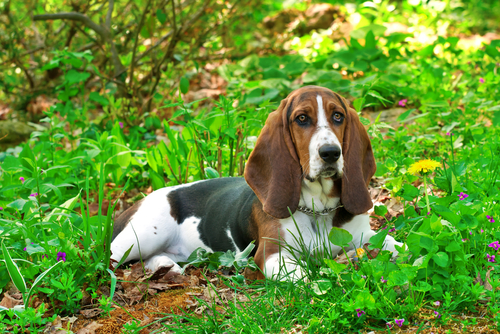
The Basset Hound is a large dog on short legs, reaching upwards of 65-75 pounds. They are very lazy dogs that are gentle and affectionate towards their families. Although they require little exercise, potential owners should be prepared for a lot of drool.
#3 – English Bulldog
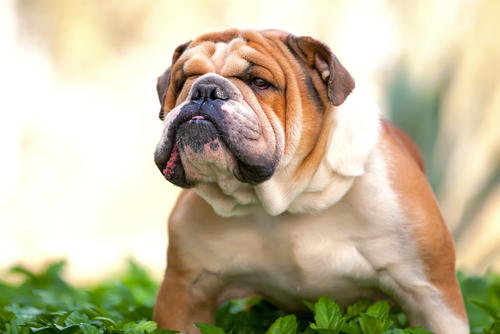
The English Bulldog was originally bred as a bull baiting dog, but the sport was fortunately outlawed many, many years ago. Since then, they’ve been mostly family companions and are known for their clownish personalities. They are very lazy dogs that require minimal exercise.
#4 – Bullmastiff

Although the breed looks imposing, the Bullmastiff is largely a couch potato whose guarding capabilities come primarily from its looks. Bullmastiffs are not always recommended for the first time owner, but the breed does do well with apartment living because they require little physical activity.
#5 – Pekingese
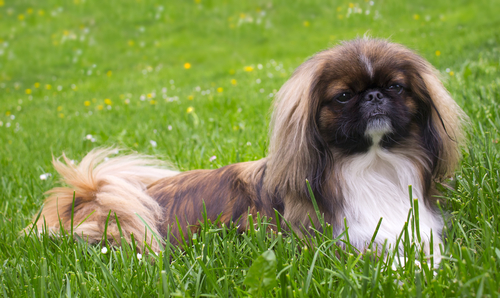
The Pekingese is a small companion dog from China. Although they require very little exercise to stay happy and healthy, they do need regular grooming to prevent matting and skin infections. They are lovable dogs that are deeply loyal to their families.
#6 – Italian Greyhound
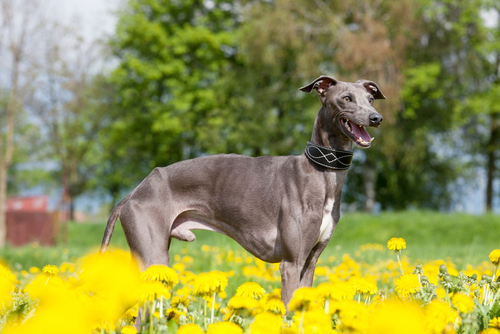
The smallest of the sighthounds, the Italian Greyhound makes a wonderful companion. They are known for going from speed racers to couch potatoes in minutes. They do need areas to run around as this is what they were bred to do, but once inside the breed is likely to stay curled up in your lap for the rest of the day.
#7 – French Bulldog
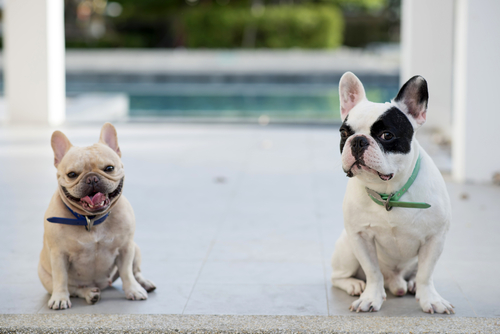
The French Bulldog is loved for its unique looks and silly personality. They are smaller than their English cousins and make wonderful companions. They are generally lazy dogs that require minimal exercise to stay happy and healthy.
#8 – Pug
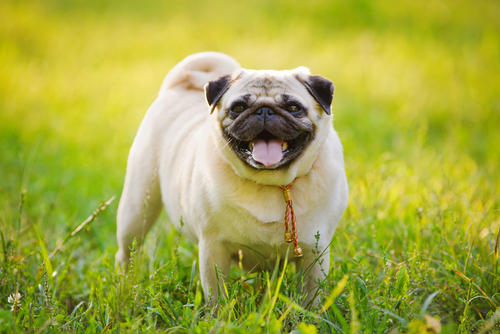
The Pug is a popular companion breed because of its glowing personality and little need for exercise. They are fun-loving but somewhat lazy dogs that enjoy spending time with their families, even if it means just resting by your side.
#9 – Dogue de Bordeaux

The Dogue de Bordeaux, or French Mastiff, is a large guardian breed that looks much more dangerous than it actually is. Although they are still fine guard dogs on their looks alone, they are typically gentle, loving dogs that require very little exercise overall.
#10 – Shih Tzu
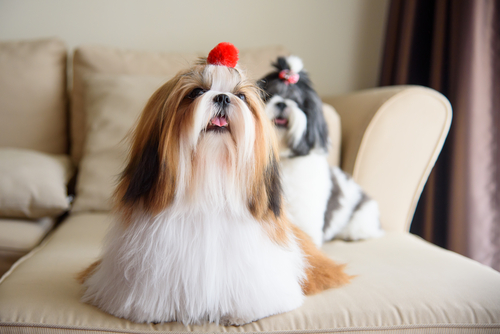
The Shih Tzu is a sweet companion dog that is very fun-loving and playful but needs little exercise to stay happy and healthy. They are wonderful lapdogs and seem to take pride in their work of companionship, as this was the breed’s original purpose.
The post Top 10 Dog Breeds That Don’t Need Too Much Exercise appeared first on iHeartDogs.com.
via Whisker Therapy